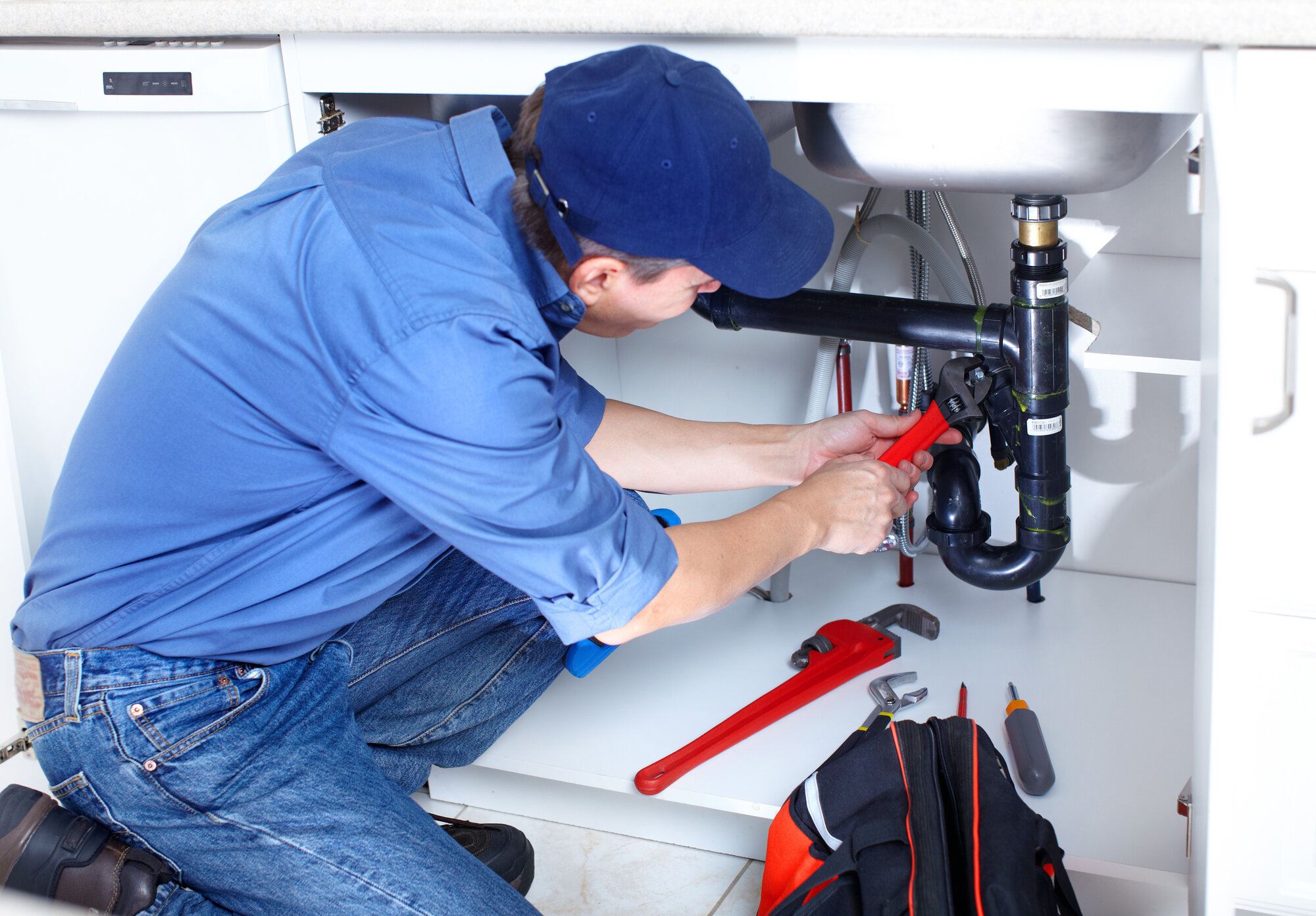A Detailed Guide to Effective Hot Water Heater Setup for Optimum Performance
Embarking on the task of setting up a water heating unit is a venture that requires precision and a methodical method for accomplishing optimal efficiency. As you proceed, the ins and outs of attaching water supply lines and establishing up reputable electric or gas connections await, encouraging insights right into making sure efficiency and reliability.
Choosing the Right Hot Water Heater

Next, consider the dimension and capacity of the water heating unit. It's crucial to evaluate your house's warm water demands, which can differ based upon the number of passengers and their use patterns. A device that's also tiny might lead to inadequate warm water, while an extra-large version may lead to unneeded energy usage.
Efficiency ratings additionally play a crucial role in option. Seek water heaters with high Power Aspect (EF) scores, indicating exceptional performance and minimized energy use. Tankless models, though commonly more expensive in advance, offer significant energy financial savings with time due to their on-demand home heating capabilities.
Preparing the Installation Area
Prior to setting up a brand-new water heater, meticulous prep work of the installment location is necessary. It's vital to determine the area carefully to suit the water heating system's measurements, ensuring adequate clearance around the system for reliable procedure and servicing.
Examine the floor for stability, as the water heater will need a solid, level surface area to run properly. If necessary, mount a drip frying pan under the device to capture prospective leaks or spills, avoiding water damage to the surrounding area.
In addition, ensure that all necessary devices and products are on hand before commencing the setup. This consists of products such as wrenches, screwdrivers, a level, and any kind of added equipment required for installing and safeguarding the heating system. A well-prepared installment location establishes the structure for an effective hot water heater arrangement, maximizing efficiency and safety and security.
Connecting Water Supply Lines
When connecting water supply lines to your newly installed hot water heater, it is crucial to make sure that all connections are leak-free and safe and secure to maintain effective procedure and protect against water damages. Begin by determining the warm and cool water lines. The cool water inlet is usually marked with a blue label or a "C", while the warm water outlet is marked with a red label or an "H".
Usage flexible water heating system connectors to promote a much easier setup process. Prior to affixing the ports, place a plumber's tape around the threaded ends of the water Continued heating system's inlet and outlet pipelines.
Once connections remain in area, gradually activate the main water valve. Inspect each connection for leaks by visually really feeling and checking for moisture. Tighten connections as required, and make certain the pressure safety valve is appropriately mounted, safeguarding against too much pressure build-up.
Setting Up Electric or Gas Links
Properly setting up the electrical or gas links for your water heating unit is an important step to ensure risk-free and efficient procedure. For electric water heaters, start by confirming that the electric circuit is compatible with the heating unit's voltage and amperage demands. Make sure the power supply is turned off at the circuit breaker to stop crashes. Link the electrical cords to the heating unit adhering to the producer's electrical wiring diagram. Generally, this involves attaching the ground cable to the eco-friendly terminal, and the continuing to be cables to their matching terminals, securing each with cable nuts.
For gas water heating systems, security is extremely important. Connect the gas line to the water heating system utilizing a flexible gas port, guaranteeing it is correctly threaded and secured with pipe joint substance or Teflon tape suitable for gas links.
As soon as connections are made, check for any possible leaks. For gas lines, use a soapy water solution to the joints; bubbles show a leak. For electric links, double-check view it that all electrical wiring is safe and secure and correctly protected, keeping compliance with regional electric codes.
Readjusting and testing for Effectiveness
With the electric and gas connections safely in position, the next step is evaluating the operational efficiency of your hot water heater. Begin by carefully switching on the water supply and guaranteeing there are no leakages at any of the joints or shutoffs. Once verified, continue to fill up the container, paying focus to the pressure and temperature level setups. It is suggested to establish the thermostat to an advised temperature level of around 120 ° F(49 ° C) to stabilize power performance and convenience.
Next, do a complete assessment to guarantee the burner or gas burners are operating properly. For electric heaters, utilize a multimeter to verify if the elements are attracting the proper present. In gas versions, observe the heater fire; it must be blue and consistent, indicating efficient burning.
Change the settings as necessary to eliminate inadequacies. Take into consideration executing insulation steps, such as including a water heater covering, to even more boost performance by reducing warmth loss. Furthermore, examine the anode rod's problem, as a scrubby pole can decrease performance and result in container corrosion.
Verdict
Efficient water heating unit installation is critical for guaranteeing optimum performance and energy financial savings. Firmly connecting water supply lines and carefully basics setting up electric or gas links reduce possible issues.

Correctly establishing up the electric or gas connections for your water heating system is a vital step to make sure secure and efficient operation. For electrical water heaters, begin by confirming that the electric circuit is suitable with the heater's voltage and amperage requirements. Link the gas line to the water heating system making use of a flexible gas port, ensuring it is effectively threaded and secured with pipeline joint substance or Teflon tape ideal for gas connections.